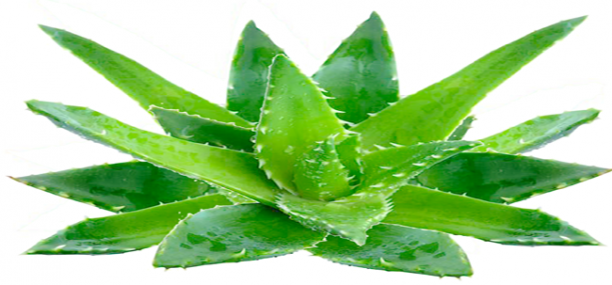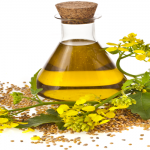Nutrition facts and Nutritional information of Aloe Vera
Aloe Vera (алоэ вера, صبار الألوفيرا) is a famed and highly appreciated succulent plant species often regarded as a pioneer medicinal herb because of its topical analgesic properties that its often used in relieving sunburn pain.
In the United States, aloe Vera is not a recognized source of food (Americans rarely eat it), but is often used in other products for its outstanding benefits.
Being a super food, Aloe Vera is highly saturated in various essential nutrients including antioxidants that reduce inflammation and promote cardiovascular health by decreasing blood cholesterol levels and serum LDL (low density lipoproteins), as well as it can reduce stomach inflammation when ingested.
Aloe Vera is a popular product often used in the Latin kitchen, you can shop aloe Vera leaves in Latin American grocery stores nationwide, and you can find aloe Vera juice in health related food stores. Moreover, if you have your own aloe Vera plant, you can pick it up yourself.
Usage
Utilize the interior gel part of aloe Vera and blend with fruit juice or water; avoid the yellow latex layer because it is bitter.
Aloe Vera has a unique taste that fits nearly everybody. In the Japanese and East Asian kitchens, they combine boiled or poached aloe Vera gel to yogurt or desserts.
Verified by: Dr.Diab (June 28, 2017)
Citation: Dr.Diab. (June 28, 2017). Nutrition facts and Nutritional information of Aloe Vera. Medcoi Journal of Medicine, 3(2). urn:medcoi:article15756.














There are no comments yet
Or use one of these social networks